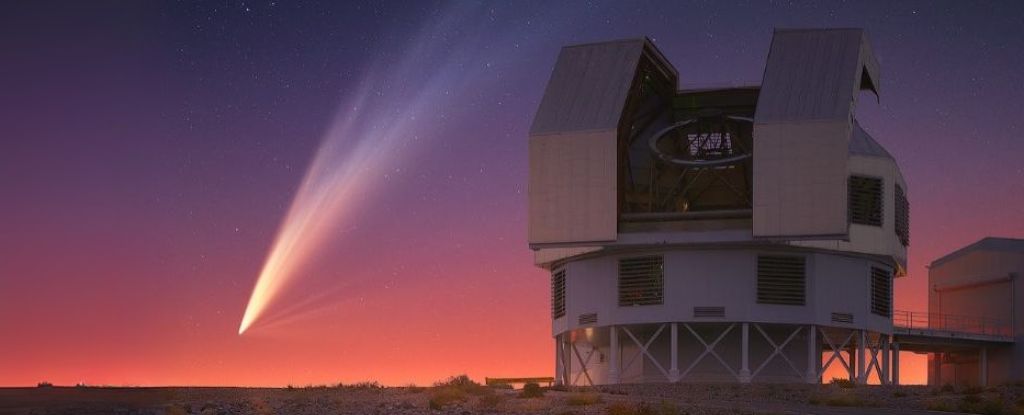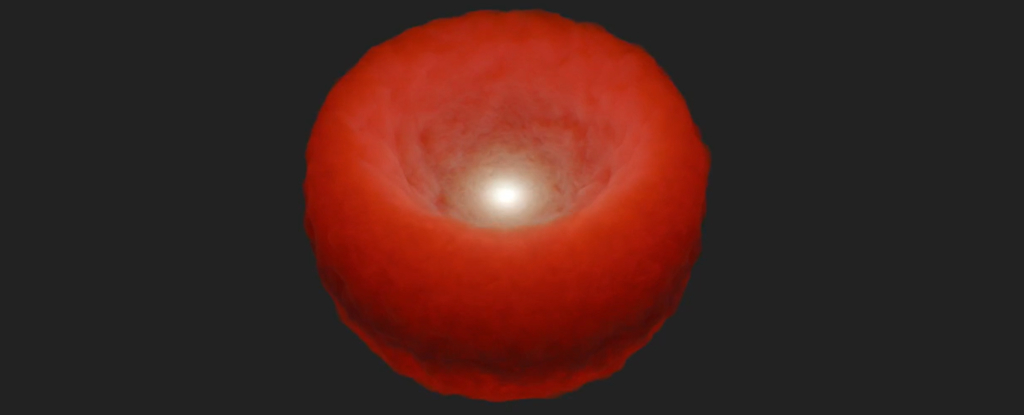Comets are always a true celestial treat to track. In a clockwork cosmos, the appearance of a potentially bright new comet is always a celestial question mark: will it perform up to expectations, or fizzle from view?
Such was the case with Comet C/2024 G3 ATLAS.
Discovered on the night of April 25th, 2024 by the Asteroid Terrestrial-impact Last Alert System (ATLAS) survey, the comet showed potential near perihelion in 2025.
Demise of a Comet
Of course, such a close pass is always fraught with uncertainty: good cases in point are C/2012 S1 ISON which disintegrated on us on Thanksgiving Day 2013, and W3 Lovejoy which survived a blistering perihelion just 140,000 km (!) from the surface of the Sun, and went on to become another fine southern hemisphere comet in late 2011 and early 2012.
Comet G3 ATLAS faced just such a perilous passage, reaching perihelion 14 million kilometers from the Sun on January 13th. SOHO’s venerable LASCO C3 imager caught the comet near the Sun, as it topped -3.8 magnitude, the brightest comet since P1 McNaught in 2007.

Amazing Comet Captures
Reader images soon poured in, as the comet took the plunge southward and unfurled a fine dust tail.
The comet was a bashful one for folks up north, as it only popped up north of the ecliptic from January 8th until January 15th. It always seems that bright comets have a ‘thing’ for southern hemisphere skies.

Few observers saw the comet post-perihelion up north.
A few skilled astrophotographers did manage to nab dusty streaks of the tail known as syndynes above the dusk horizon.

One bizarre fact when it comes to comets: the tails are blown back by the solar wind, meaning the dust and ion tails of G3 ATLAS precede ahead of the comet outbound.
Alas, perihelion seemed to have a delayed impact on the comet. Images taken around January 18th showed that the nucleus seemed to be in ill-health.
G3 ATLAS soon became a ‘headless comet’ with a fading nucleus and a still-bright tail. The tail produced a remarkable striped look as a finale.

The Future for Comet G3 ATLAS
Currently, comet G3 ATLAS shines at +5th magnitude and fading, in the constellation Piscis Austrinus.
The comet was on a 160,000 year orbit inbound. Estimates put it on a 600,000-year outbound orbit. That is, for whatever fragments may remain to revisit the inner solar system on a far-off date.
…and be sure to catch astrophotographer Dylan O’Donnell’s story about the perils of comet hunting:
frameborder=”0″ allow=”accelerometer; autoplay; clipboard-write; encrypted-media; gyroscope; picture-in-picture; web-share” referrerpolicy=”strict-origin-when-cross-origin” allowfullscreen>
That does it. We’re moving to the southern hemisphere, to ‘comet country’.
For now, though, we can all enjoy these spectacular views of Comet G3 ATLAS. Hopefully, this was the first good comet of 2025.
This article was originally published by Universe Today. Read the original article.





